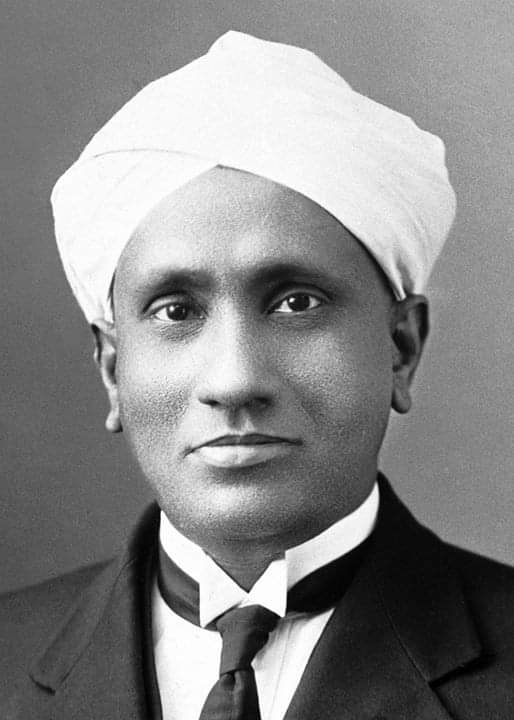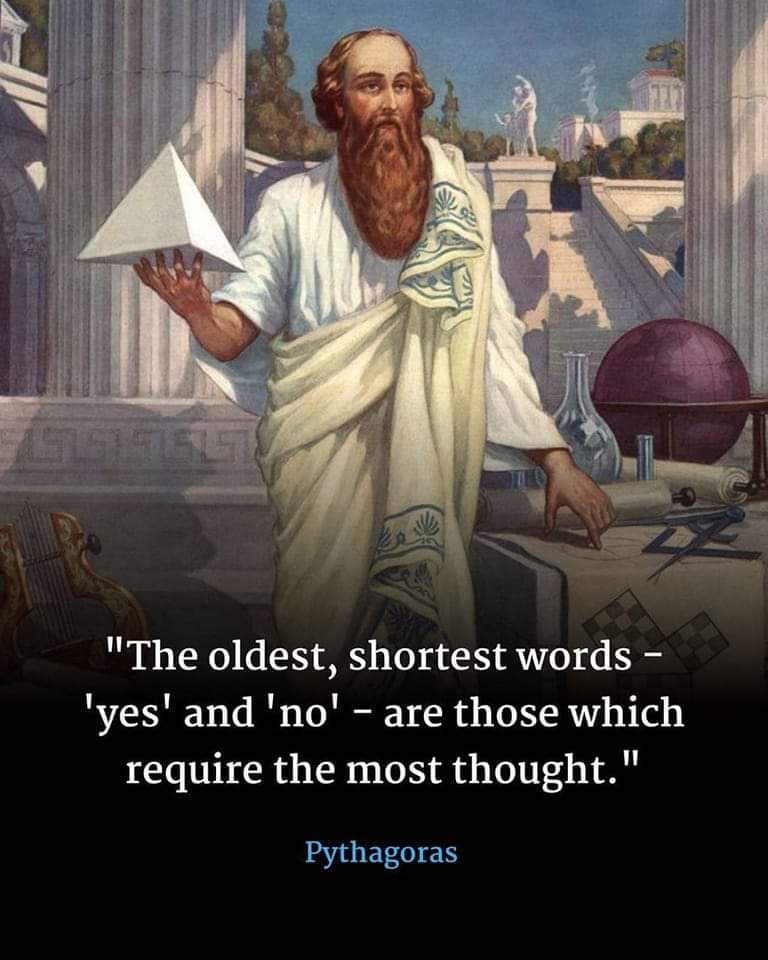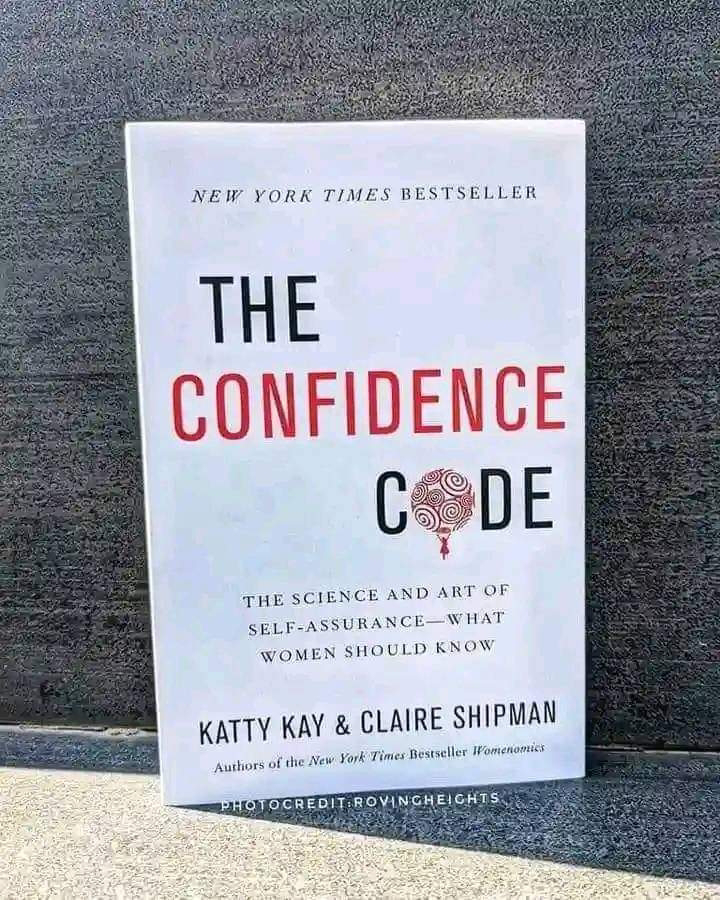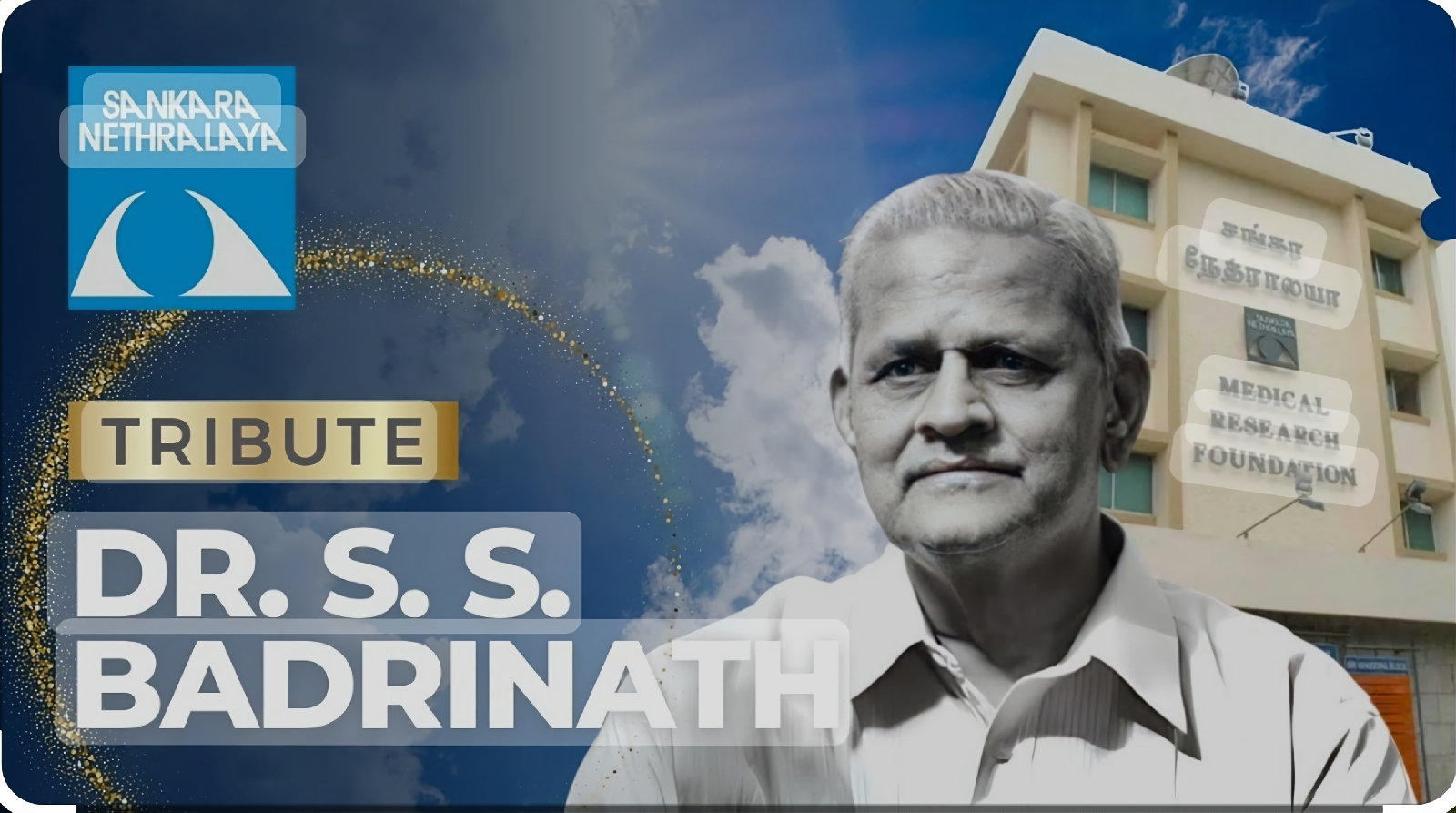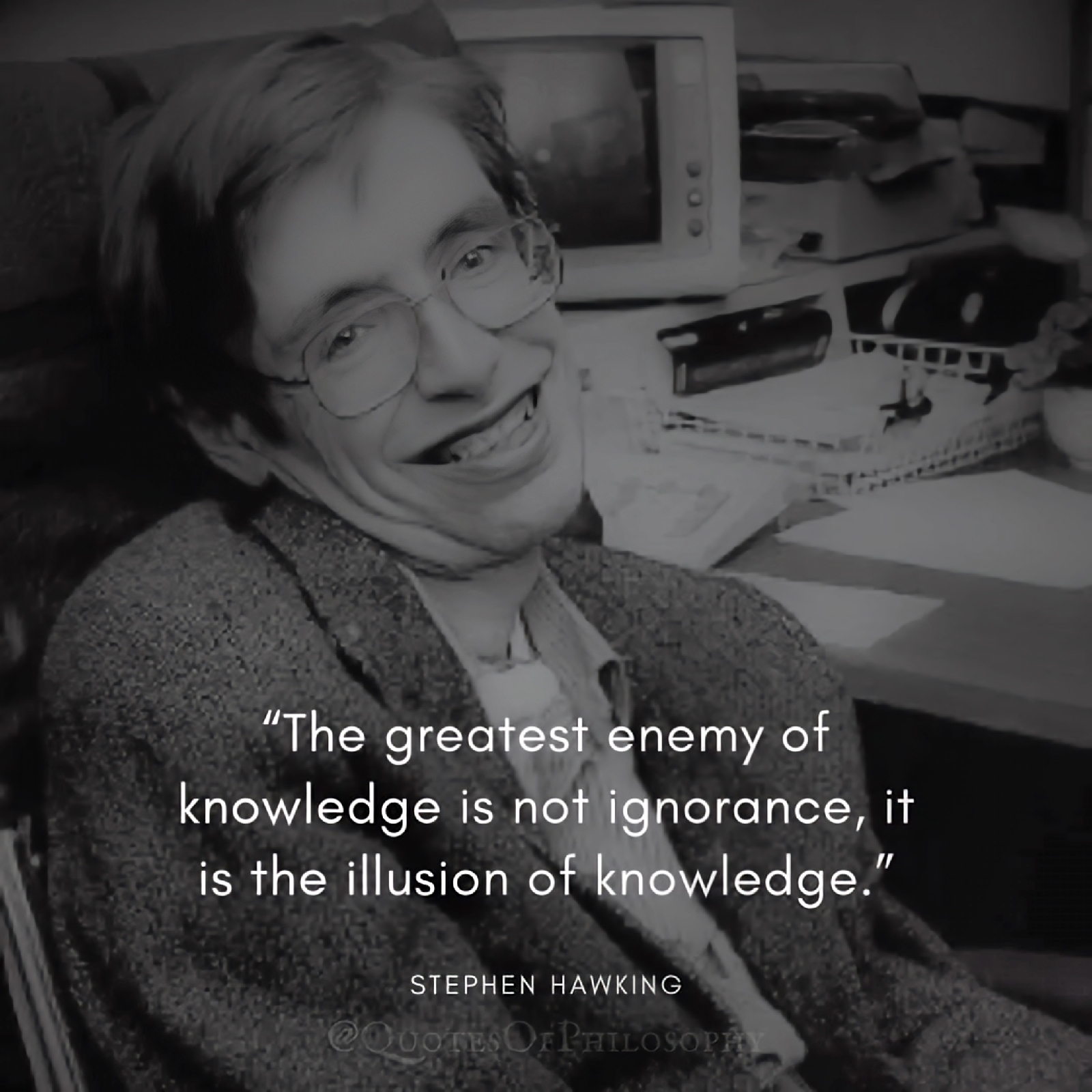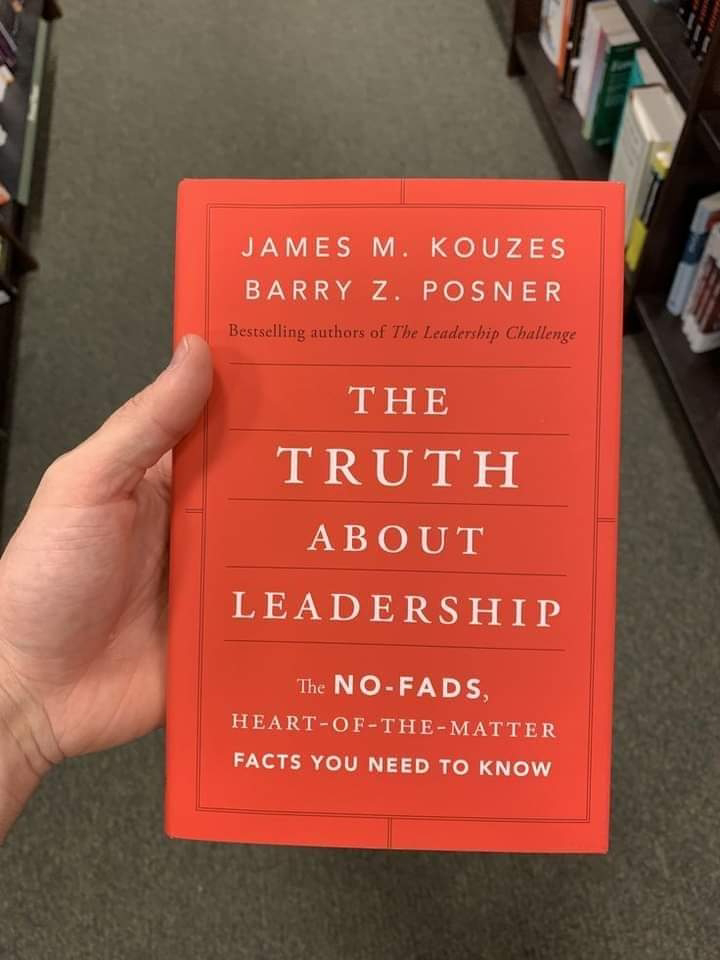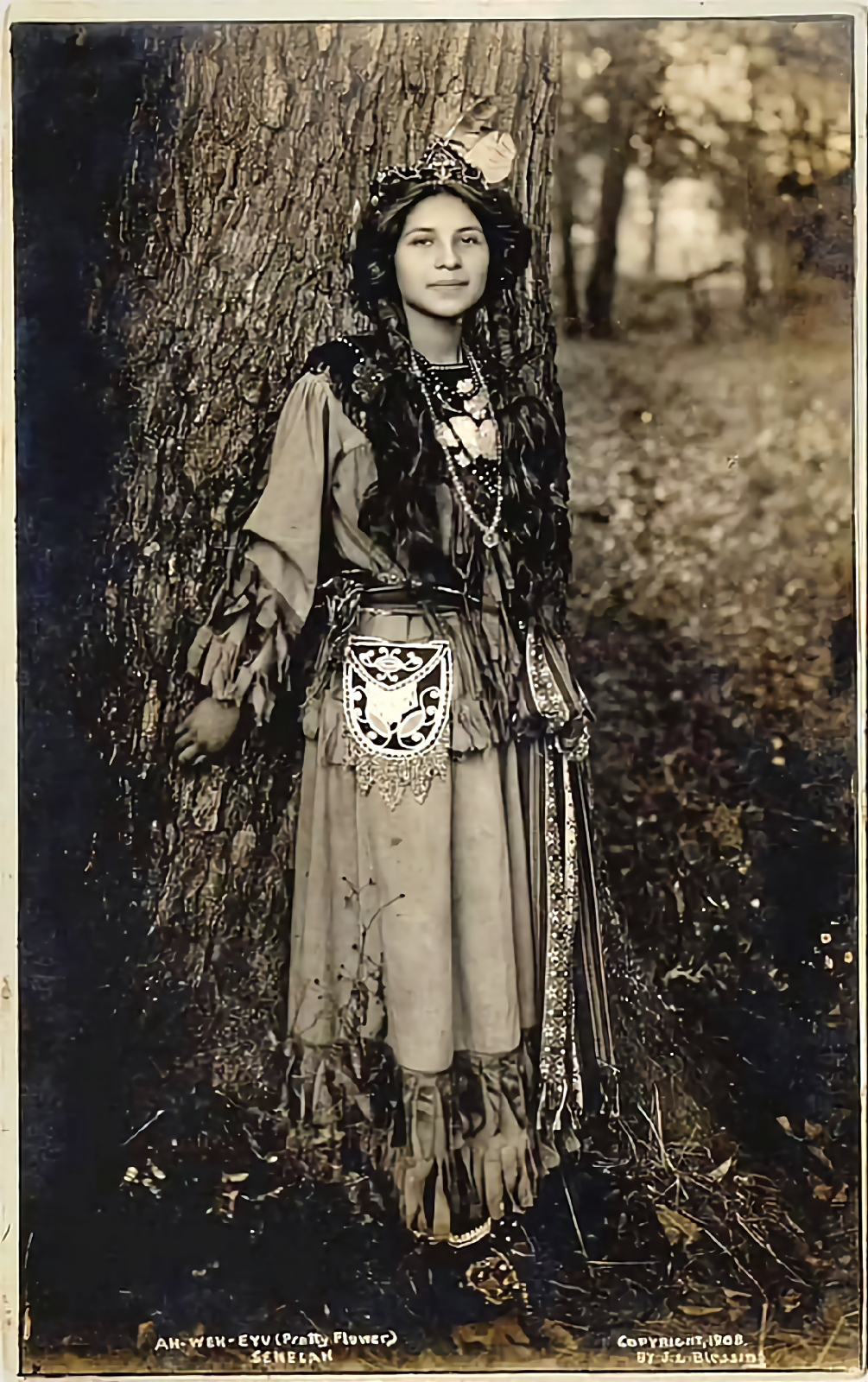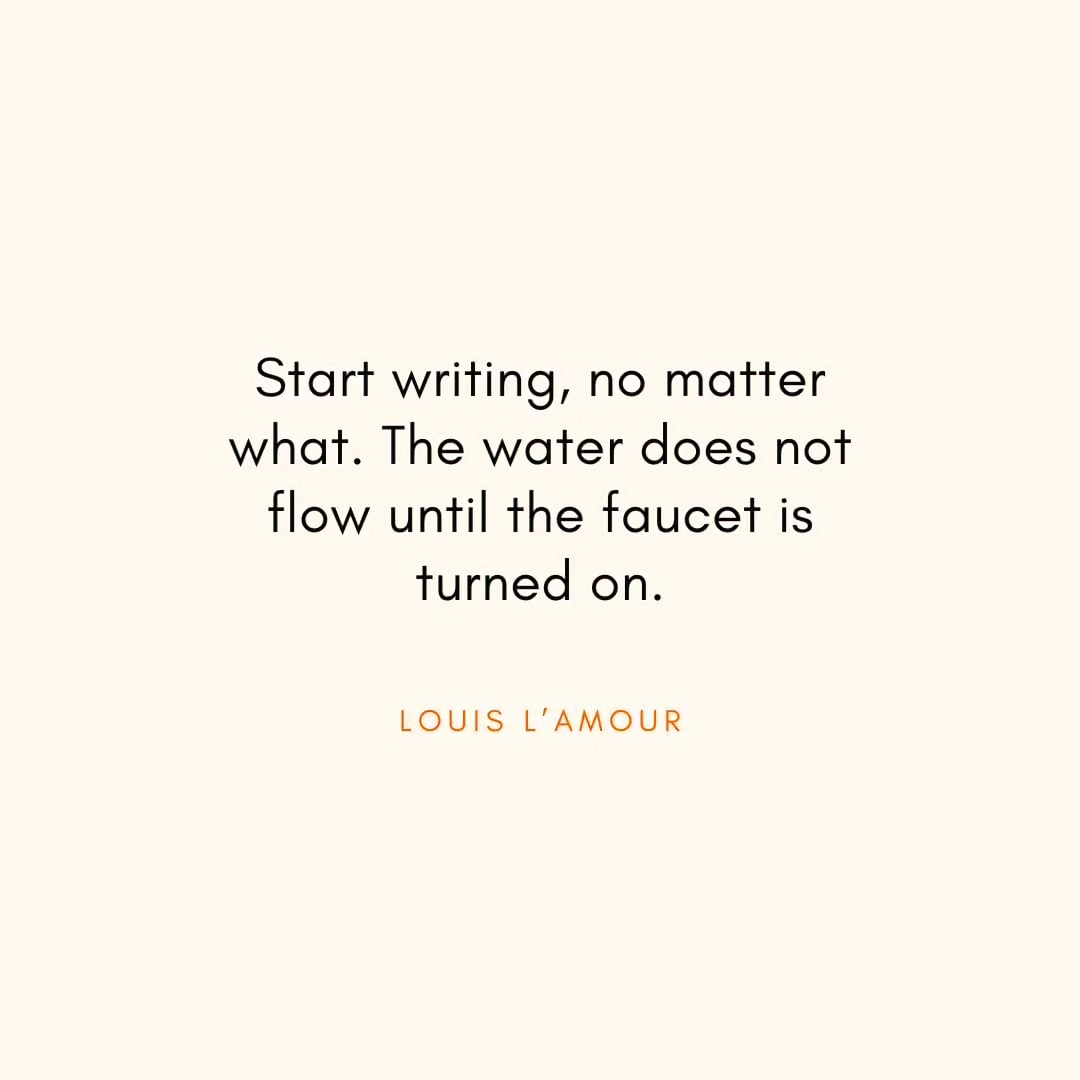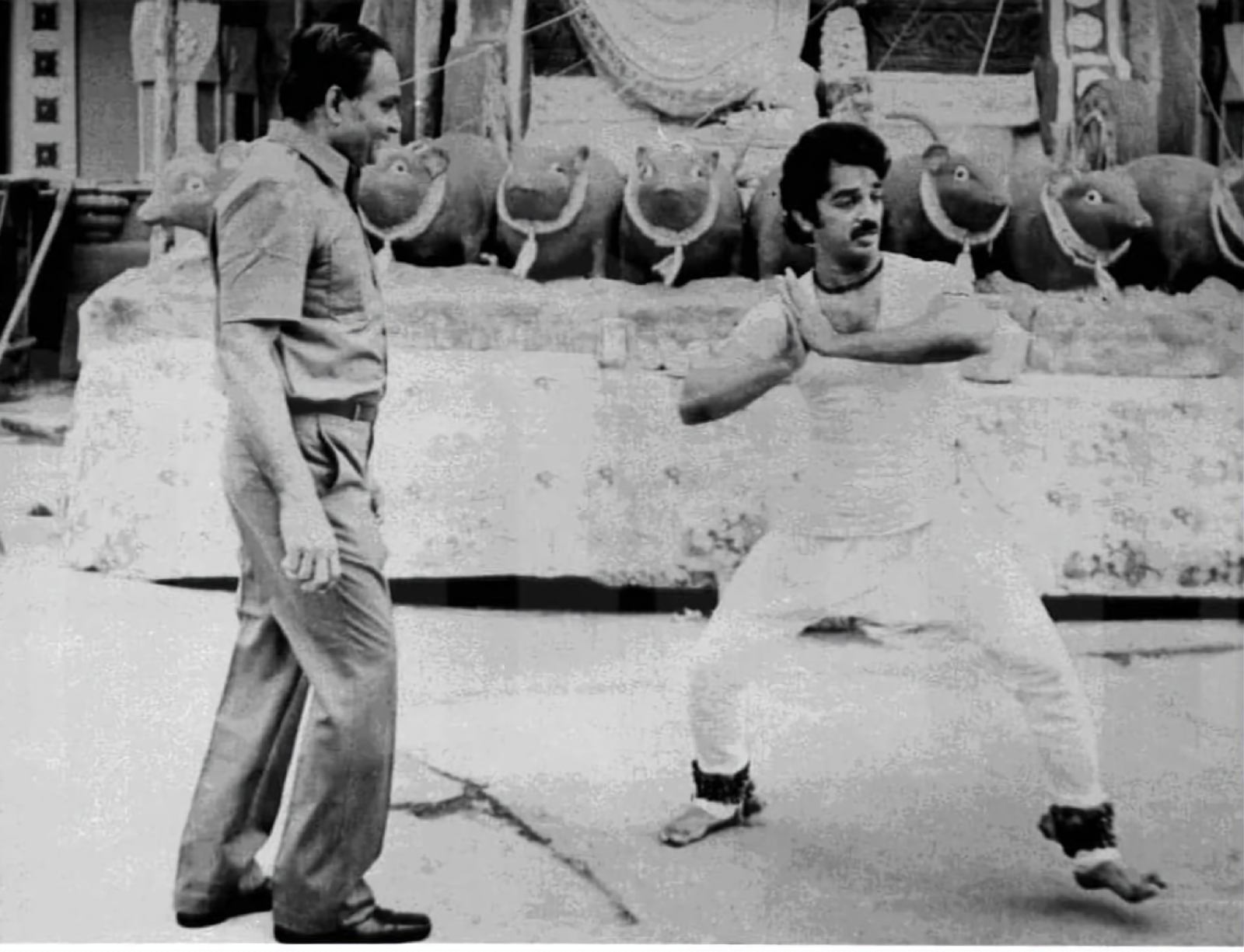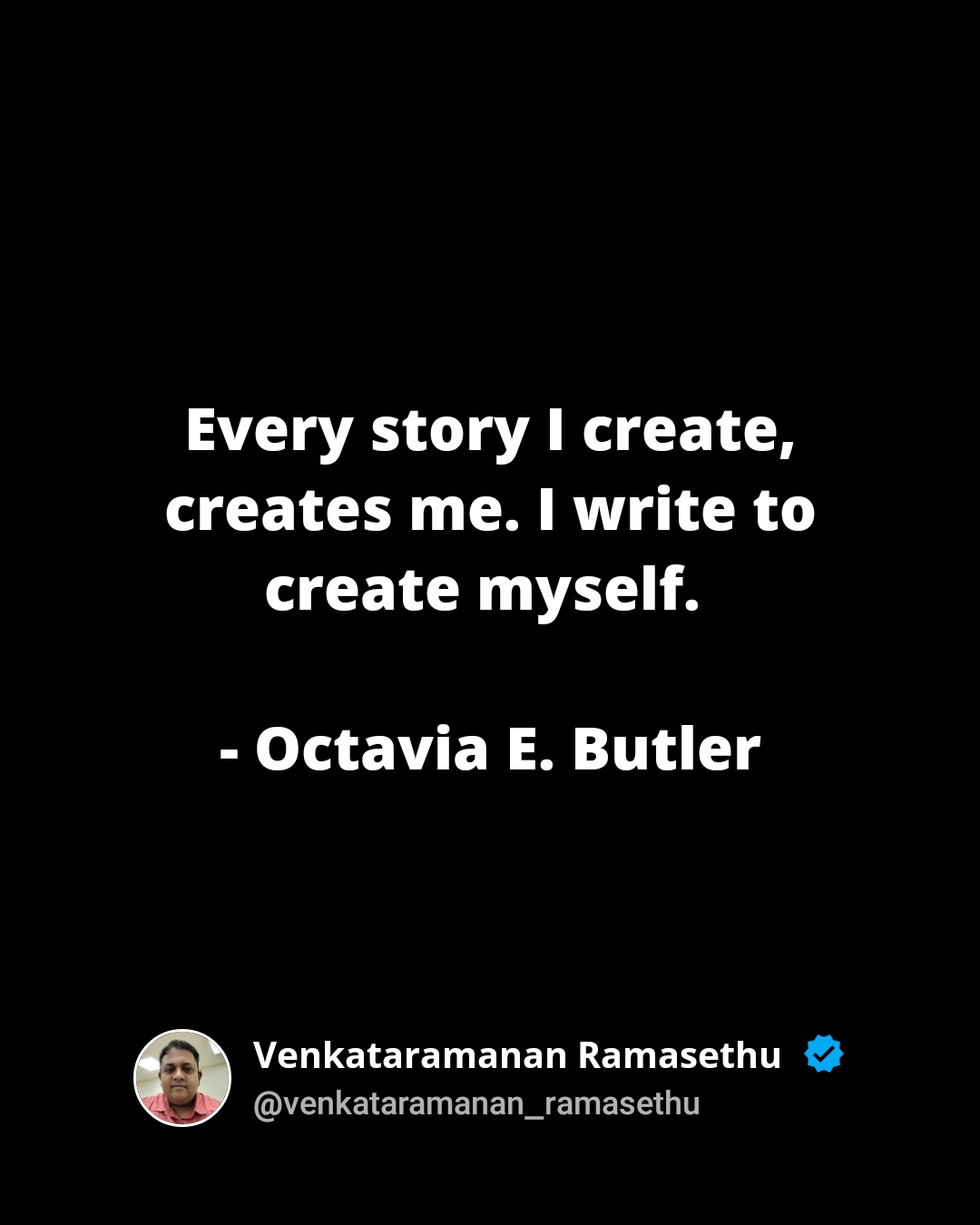In the heart of Chennai, along the bustling College Road, stands a monument not just to medical excellence but to a legacy of compassion, vision, and relentless pursuit of service.

In the heart of Chennai, along the bustling College Road, stands a monument not just to medical excellence but to a legacy of compassion, vision, and relentless pursuit of service. Sankara Nethralaya, a beacon of hope for countless eyes, has been a place where miracles unfold daily, where the darkness of blindness meets the dawn of sight. In a fitting tribute to the colossal spirit that birthed this sanctuary of healing, the iconic campus has been christened the "Padma Bhushan Dr. SS Badrinath Campus." This gesture is more than a mere renaming; it is an ode, a reverential bow to the indomitable spirit of Dr. SS Badrinath, the visionary founder whose dream illuminated the path for the institution's journey from a concept to a concrete edifice of hope and healing. Dr. SS Badrinath's name is synonymous with dedication, a pioneer who envisioned a world where quality eye care was accessible to all, regardless of their socio-economic status. Under his stewardshi...
